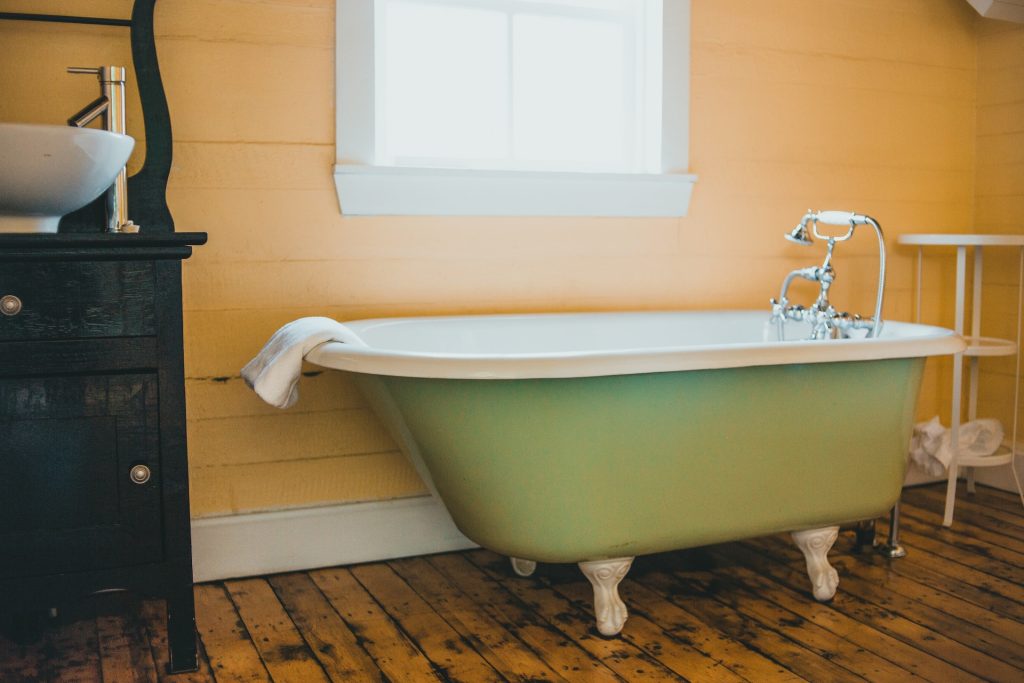Bathtub refinishing, also known as bathtub resurfacing or reglazing, involves restoring the surface of your existing bathtub to its former glory. Over time, bathtubs can become stained, chipped, or discolored due to daily use, cleaning agents, and general wear and tear. Instead of replacing the entire bathtub, refinishing allows you to repair and rejuvenate the surface, making it look brand new.
Benefits of Bathtub Refinishing
- Cost-Effective: One of the most significant advantages of bathtub refinishing is cost savings. Replacing a bathtub involves not just purchasing a new tub but also labor costs for removal and installation. Refinishing eliminates these expenses, offering a more affordable alternative.
- Time-Saving: Refinishing your bathtub can be completed in a matter of hours or days, depending on the extent of the work. In contrast, replacing a bathtub can take several days or even weeks, causing inconvenience and disruption to your daily routine.
- Sustainability: By choosing bathtub refinishing, you’re making an eco-friendly choice. Refinishing reduces waste by extending the life of your existing bathtub, minimizing the need for disposal in landfills.
- Customization: Refinishing allows you to customize the color and finish of your bathtub, giving you the flexibility to match your bathroom décor and personal preferences.
The Refinishing Process
- Preparation: The first step in bathtub refinishing involves thorough cleaning and preparation of the surface. Any existing caulking or grout is removed, and the bathtub is cleaned to remove soap scum, oils, and other residues.
- Repair: Any chips, cracks, or damaged areas on the bathtub surface are repaired using specialized fillers and techniques. This step ensures a smooth and even surface for the refinishing process.
- Priming: Once the repairs are complete, a primer is applied to the bathtub surface. The primer helps the new finish adhere securely to the existing surface, ensuring durability and longevity.
- Refinishing: The final step involves applying a high-quality coating or finish to the bathtub. This finish can be customized to your desired color and texture, providing a smooth, glossy surface that looks and feels like a brand-new bathtub.
- Curing: After refinishing, the bathtub needs time to cure and harden properly. This curing process typically takes a few days, during which it’s essential to avoid using the bathtub to ensure the longevity of the refinished surface.
In Conclusion
Bathtub refinishing offers a cost-effective, time-saving, and sustainable solution to rejuvenate your existing bathtub. By understanding the benefits and process of refinishing, you can make an informed decision that enhances the appearance and functionality of your bathroom without the hassle and expense of replacement.








